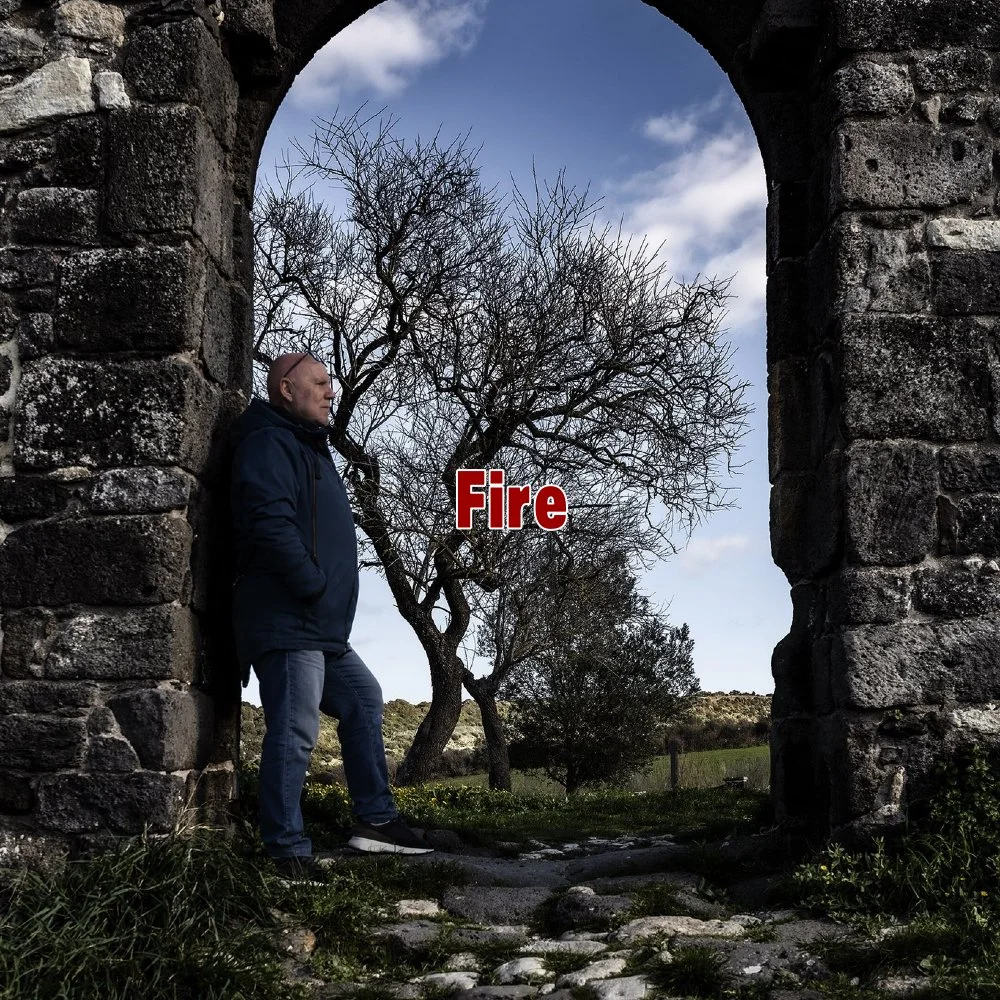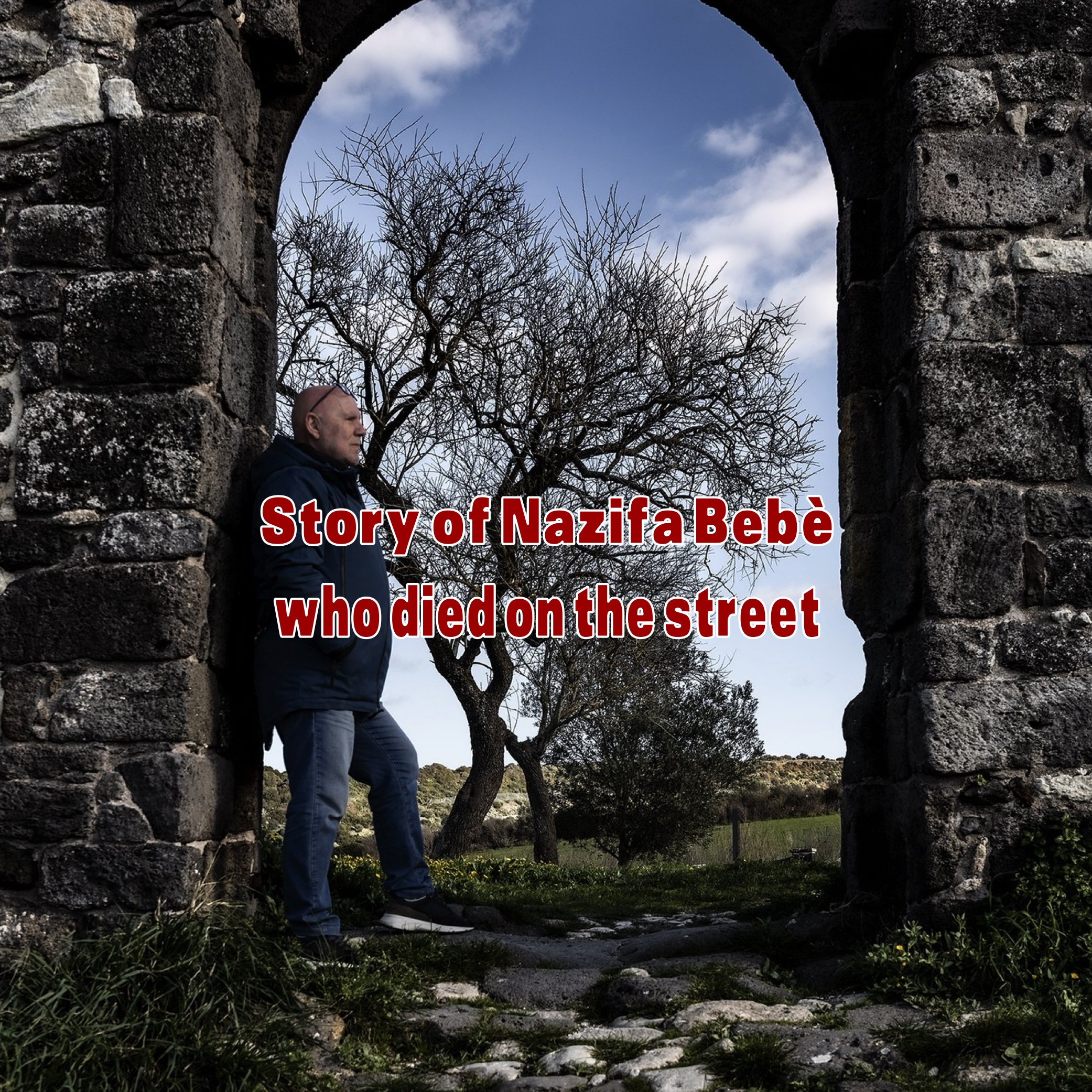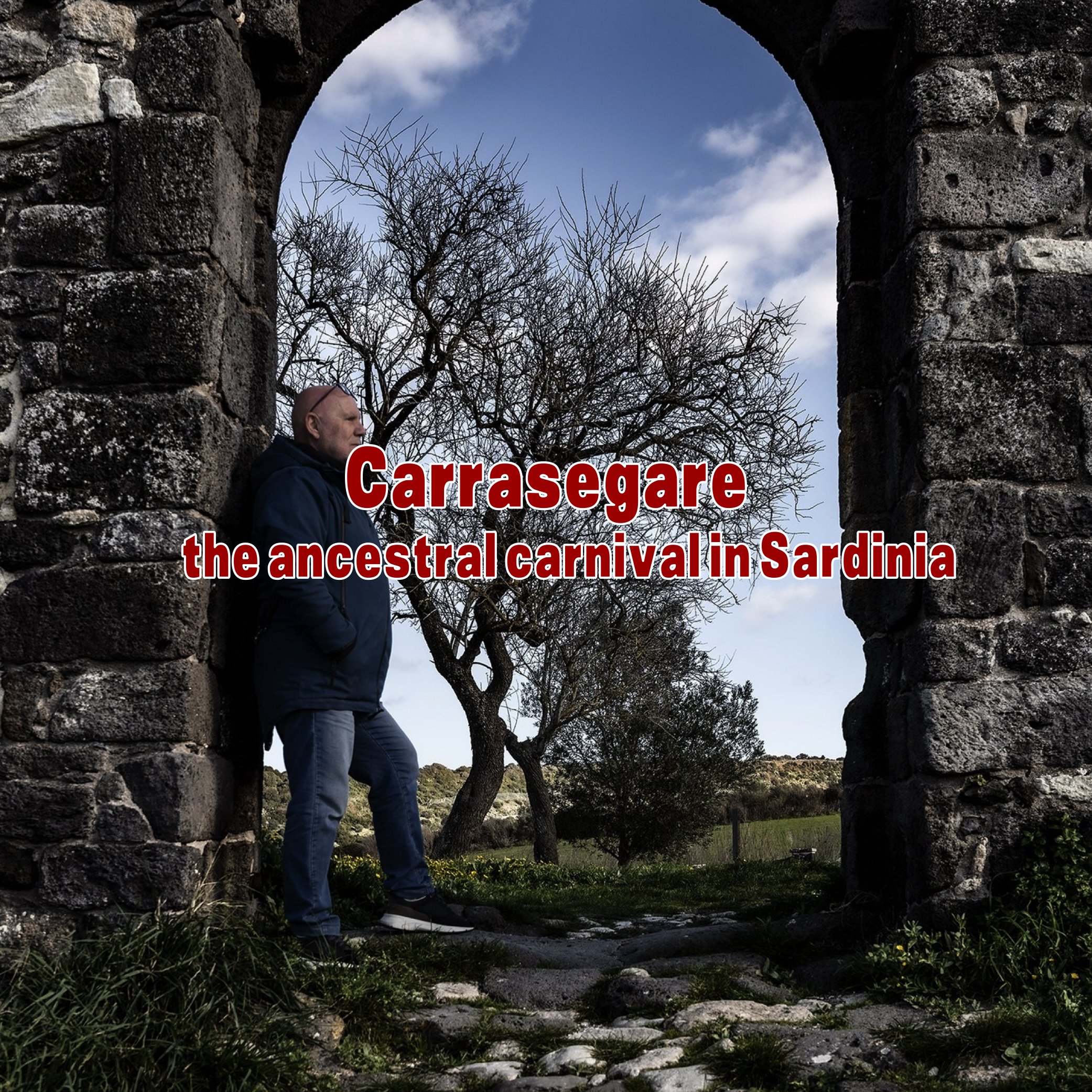In light and shadow: travel notes of an anarchist storyteller
The forgotten ones
On November 2, countries of Catholic culture and tradition celebrate the commemoration of the dead, the Day of the Dead. A holiday that coexists with countless other traditions, at all latitudes and on all continents, sometimes secular and other times dating back to ancient pagan rites, during which cemeteries are crowded and graves are lit up with the colors of flowers.
Not for everyone, however. For in every cemetery, as if to remind us of the implacability of the passage of time, there are the forgotten. People whose grave has not received a flower for a very long time, perhaps because no relative or friend has remained alive, and others whose memory is inexorably crumbling along with the same grave monuments, the same headstones.
When I happen to enter a cemetery, sometimes to leave a flower on the graves of my loved ones -- which is as intimate a gesture as a caress -- and other times to participate in a burial, my gaze invariably catches the names of the forgotten. And when I am able to take a camera with me, the gesture of pietas is no longer to leave a flower in a corroded by the rust of time, but to photograph it. A crumbled marble, a now faded portrait, a name with missing characters, a fragment of a tombstone abandoned in the grass.
These are voices now hanging by the thinnest of threads, but also the warning that has resounded in Jewish wisdom since ancient times: Vanity of vanities, says Qohelet: all is vanity.
I dimenticati
Il 2 novembre, nei paesi di cultura e tradizione cattolica, si celebra la commemorazione dei defunti, il Giorno dei Morti. Una ricorrenza che convive con numerosissime altre tradizioni, a tutte le latitudini e in tutti i continenti, a volte laiche e altre volte risalenti ad antichi riti pagani, durante la quale i cimiteri si affollano e le tombe si illuminano dei colori dei fiori.
Non per tutti però. Perché in ogni cimitero, quasi a ricordarci l’implacabilità del trascorrere del tempo, ci sono i dimenticati. Persone la cui tomba non riceve più un fiore da moltissimo tempo, forse perché nessun parente o amico è rimasto in vita, e altre la cui memoria si sta inesorabilmente sgretolando insieme agli stessi monumenti funerari, alle stesse lapidi.
Quando mi capita di entrare in un cimitero, a volte per lasciare un fiore sulle tombe dei miei cari – che è un gesto intimo come una carezza -, e altre volte per partecipare a un seppellimento, il mio sguardo coglie immancabilmente i nomi dei dimenticati. E quando riesco a portarmi dietro una macchina fotografica, il gesto di pietas non è più quello di lasciare un fiore in un corroso dalla ruggine del tempo, bensì quello di fotografare. Un marmo sgretolato, un ritratto ormai sbiadito, un nome coi caratteri mancanti, un frammento di lapide abbandonato tra l’erba.
Sono voci appese ormai a sottilissimi fili, ma anche il monito che sin dai tempi antichi è risuonato nella sapienza ebraica: Vanità delle vanità, dice Qoèlet: tutto è vanità.



































